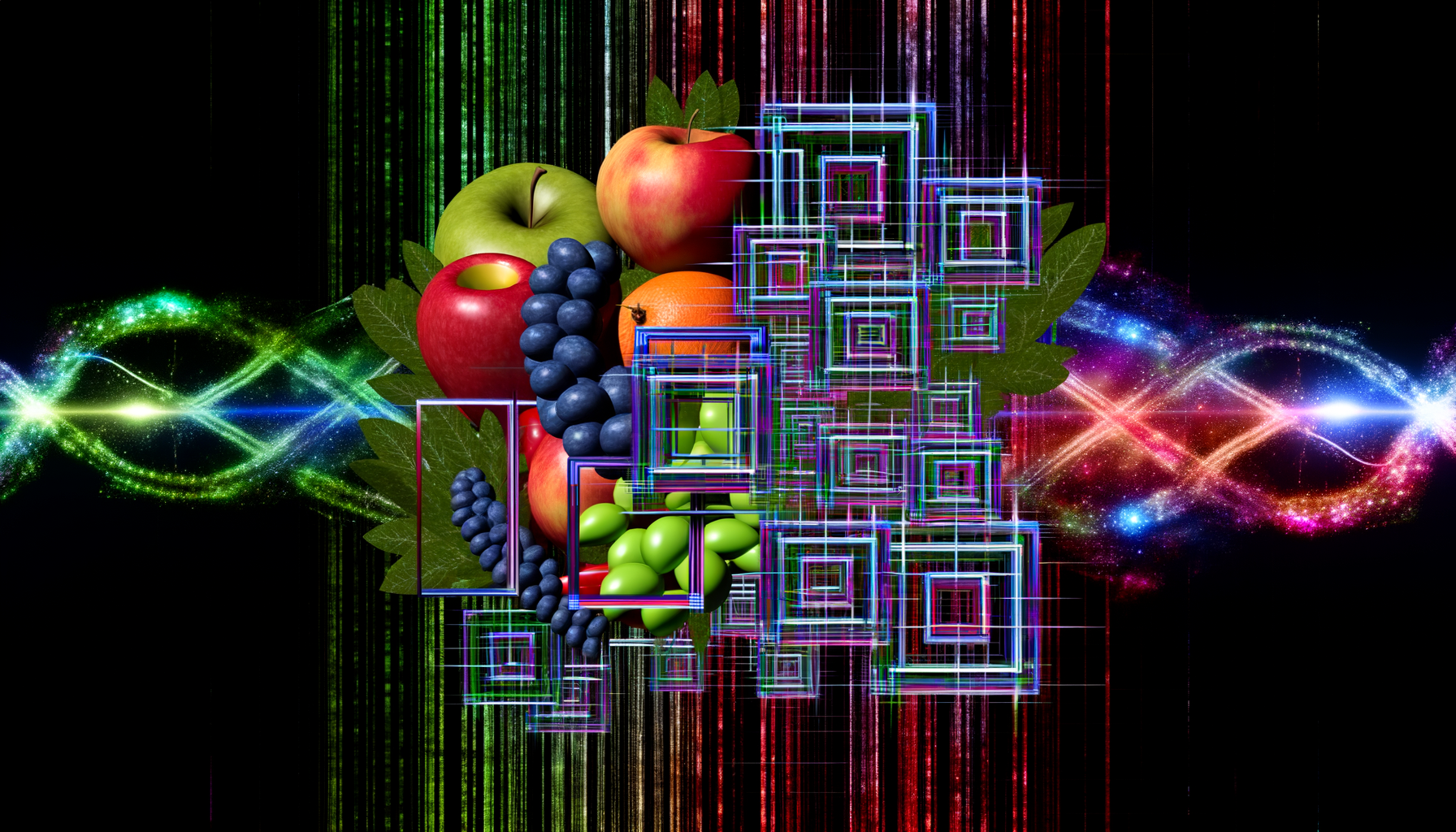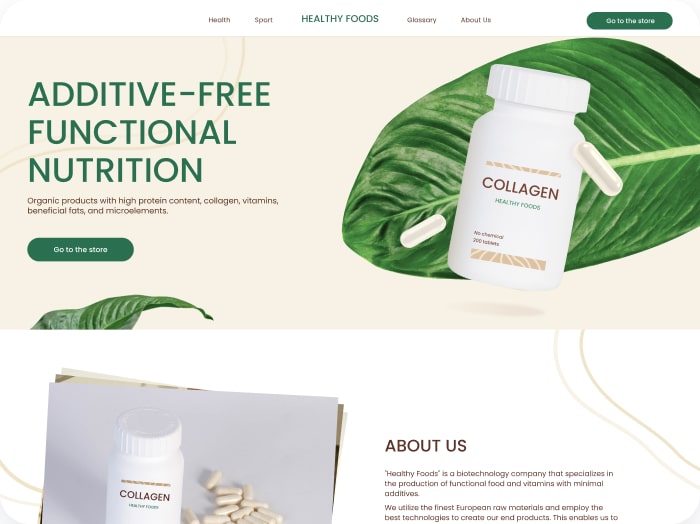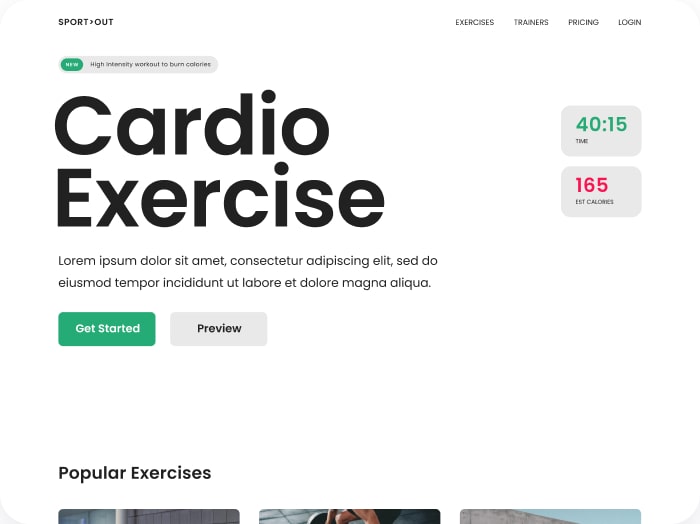Imagine a future where nutrition planning is not just about counting calories or tracking macronutrients, but about using cutting-edge technology to tailor diets to individual needs with unprecedented precision. This vision is becoming a reality with the integration of quantum computing into nutritional modeling. Quantum computing, known for its ability to solve complex problems that are beyond the reach of classical computers, is poised to revolutionize the field of nutrition by enabling advanced predictive dieting and complex modeling.
Unlocking the Potential of Quantum Nutrition
Quantum computing is not new to the scientific community, but its application in nutrition is an emerging field. By leveraging quantum principles such as superposition and entanglement, researchers can simulate complex biological systems more accurately and efficiently than ever before. This capability is crucial for understanding how nutrients interact with the human body at a molecular level, which can lead to more effective personalized nutrition plans.
Complex Modeling in Nutrition
Traditional nutritional modeling relies heavily on classical computing methods, which often struggle to handle the vast complexity of biological systems. For instance, simulating how different nutrients interact with enzymes, proteins, and other biological molecules is a daunting task for classical computers due to the sheer number of variables involved. Quantum computing, however, can model these interactions with greater precision, allowing for the development of more accurate predictive models.
One of the key areas where quantum computing can make a significant impact is in the simulation of metabolic pathways. By accurately modeling how nutrients are metabolized and utilized by the body, researchers can develop diets that are optimized for specific health outcomes, such as weight management or improved cardiovascular health. This level of precision can also help in identifying potential nutritional deficiencies or toxicities early on, enabling proactive measures to prevent health issues.
Predictive Dieting with Quantum Computing
Predictive dieting involves using advanced algorithms to forecast how different dietary interventions will affect an individual’s health. Quantum computing can enhance this process by analyzing vast amounts of data, including genetic profiles, dietary habits, and health outcomes, more efficiently than classical systems. This capability allows for the creation of highly personalized diets that are tailored to an individual’s unique genetic makeup and lifestyle.
For example, companies like IBM are already exploring how quantum computing can be used to analyze complex biological data. By applying quantum algorithms to genomic data, researchers can identify genetic variations that influence nutritional responses, enabling the development of diets that are optimized for specific genetic profiles.
Real-World Applications and Case Studies
While the integration of quantum computing into nutrition is still in its early stages, there are already promising applications in related fields that demonstrate its potential. For instance, in drug development, quantum computing is being used to simulate molecular interactions and predict drug efficacy more accurately than classical methods. This technology can similarly be applied to nutritional modeling by simulating how different nutrients interact with biological systems.
A notable example is the collaboration between Pasqal and Qubit Pharmaceuticals, which uses quantum computing to analyze protein hydration and ligand-protein binding. These techniques can be adapted to study nutrient-protein interactions, providing insights into how different nutrients affect biological processes.
Challenges and Future Directions
Despite the potential of quantum computing in nutrition, there are several challenges to overcome. One of the main hurdles is the development of practical quantum algorithms that can be applied to real-world nutritional problems. Additionally, the integration of quantum computing with existing nutritional databases and models requires significant technological advancements.
However, as quantum hardware becomes more accessible and powerful, we can expect to see more applications in the field of nutrition. For instance, companies like Google and DeepMind are already pushing the boundaries of what is possible with quantum computing in related fields like drug discovery and protein folding.
Conclusion and Next Steps
In conclusion, the integration of quantum computing into nutritional modeling represents a significant leap forward in the field of nutrition. By enabling more accurate and complex modeling, quantum computing can help develop personalized diets that are tailored to individual needs, leading to better health outcomes. As this technology continues to evolve, it’s essential for researchers and health professionals to explore its potential applications in nutrition.
For those interested in exploring how advanced technology can improve health and fitness, tools like Calorie Calculator Cloud offer a glimpse into the future of personalized nutrition planning. By combining insights from quantum computing with existing nutritional tools, we can create a more holistic approach to health management. Whether you’re a professional looking to integrate quantum insights into your practice or an individual seeking to optimize your diet, staying informed about the latest developments in quantum nutrition is crucial.
As we move forward, it will be exciting to see how quantum computing transforms not just nutrition but also related fields like agriculture and medicine. For instance, companies like Eatable Adventures are exploring how quantum computing can improve food systems by enhancing photosynthesis and advancing genetic engineering. Similarly, in medicine, quantum computing is being used to accelerate drug discovery and improve medical imaging, as seen in the work of McKinsey & Company and NCBI.
For now, exploring the potential of quantum computing in nutrition requires a deep dive into both the technology and its applications. By staying ahead of the curve, we can unlock new possibilities for healthier living and more sustainable food systems.








